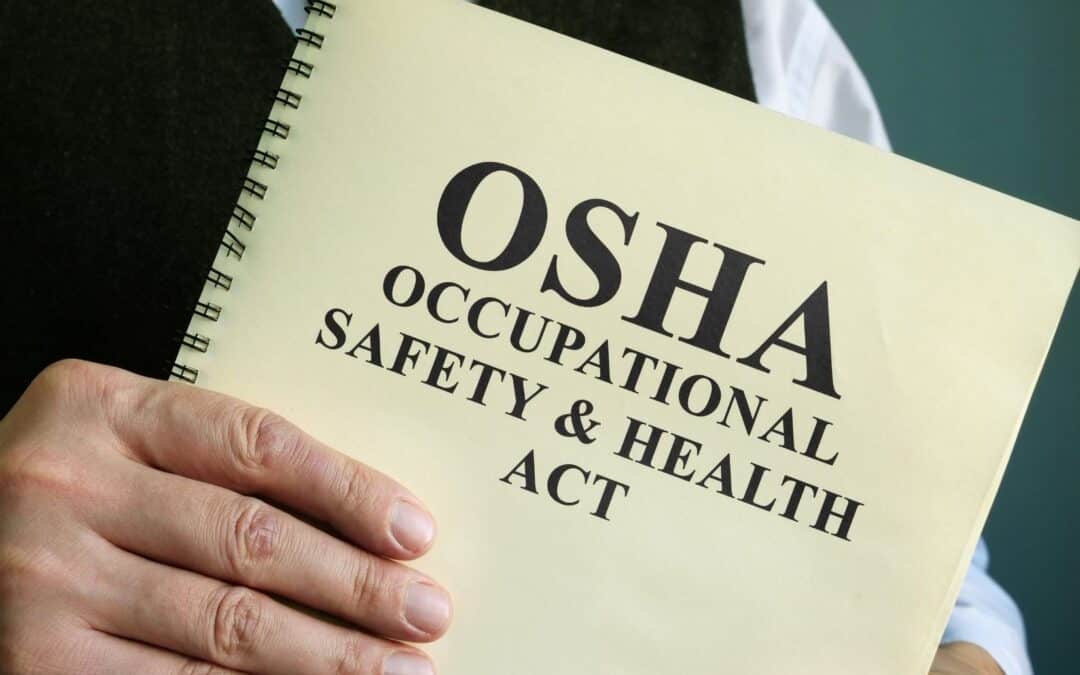Workplace accidents can have devastating consequences for employees and employers. The Occupational Safety and Health Administration (OSHA) plays a crucial role in investigating these incidents. OSHA’s primary goal is to ensure safe working conditions and protect employees’ rights. In this article, we’ll explore OSHA’s investigation process, employer responsibilities, and employee rights. OSHA regulations apply to various industries, including construction, manufacturing, and healthcare. Effective investigation and prevention strategies minimize workplace accidents.
(Know the Complications of Weather Related Slip and Fall Injuries)
What is OSHA?
OSHA is a federal agency responsible for enforcing workplace safety and health regulations. Established in 1971, OSHA aims to provide safe working conditions for American workers. OSHA regulations apply to various industries, including construction, manufacturing, and healthcare. The agency sets standards, provides training, and conducts inspections. OSHA’s efforts reduce workplace injuries and illnesses significantly. Compliance with OSHA regulations ensures a safer work environment.
OSHA’s Investigation Process
Following a workplace accident, OSHA conducts investigations to determine the accident’s cause and identify potential safety hazards. Investigators inspect the accident site, review records, and interview employees and employers. The investigation evaluates employer compliance with regulations and gathers evidence for potential citations. OSHA investigators may also review safety protocols and training programs. Employers must cooperate fully during investigations. Prompt reporting of workplace accidents facilitates efficient investigations.
Employer Responsibilities
Employers must comply with OSHA regulations to ensure safe working conditions. Providing training on safety procedures and reporting workplace accidents promptly are essential. Employers must also cooperate with OSHA investigations and allow investigators access to the accident site. Compliance with regulations prevents citations and penalties. Effective safety protocols minimize workplace accidents. Employers should prioritize employee safety.
Employee Rights
Employees have the right to report safety hazards and request OSHA inspections. Participation in investigations and receiving compensation for work-related injuries are also protected rights. Illinois employment laws safeguard employees from retaliation. Employees should report safety concerns promptly. Honest testimony during OSHA investigations supports effective resolution. Familiarity with OSHA regulations empowers employees.
Types of OSHA Investigations
OSHA conducts routine investigations regularly to ensure compliance. Accident investigations focus on workplace accidents, while complaint investigations initiate from employee complaints. Each type aims to identify safety hazards and ensure compliance. Employers should understand investigation types to ensure cooperation. OSHA inspections may occur unexpectedly.
What to Expect During an OSHA Investigation
Employers should be prepared to provide documentation and allow OSHA investigators access. Cooperation and transparency facilitate efficient investigations. Employees should provide honest testimony during interviews. Reporting safety concerns demonstrates commitment to workplace safety. Understanding investigation procedures minimizes anxiety.
Employment Law Considerations
Illinois employment laws protect employees’ rights, including reporting safety hazards. Employers must comply with regulations to avoid legal consequences. Familiarity with employment laws empowers employers. Understanding employment laws ensures compliance and minimizes potential litigation. Employers should regularly review and update policies to align with changing regulations. Effective communication and training facilitate employee understanding of employment laws. Compliance demonstrates employer commitment to employee safety and well-being.
Preventing Workplace Accidents
Employers prevent accidents by implementing safety protocols and providing training. Conducting regular inspections minimizes hazards. Employee education enhances safety awareness. Implementing ergonomic workspace design reduces fatigue and distractions. Regular maintenance schedules prevent equipment malfunctions. Encouraging employee feedback promotes safety innovation. Proactive prevention strategies reduce workplace accidents and injuries, ensuring a safer work environment.
Conclusion
OSHA plays a vital role in investigating workplace accidents. Understanding employer responsibilities and employee rights is crucial. Effective investigation and prevention strategies minimize workplace accidents.
If you’re looking for an experienced Chicago personal injury lawyer to help navigate your claim, we will fight assiduously for your right to the compensation you deserve. Call Bizzieri Law Offices at 773.881.9000. The case evaluation is free, and we never charge a fee unless we recover damages for you.

